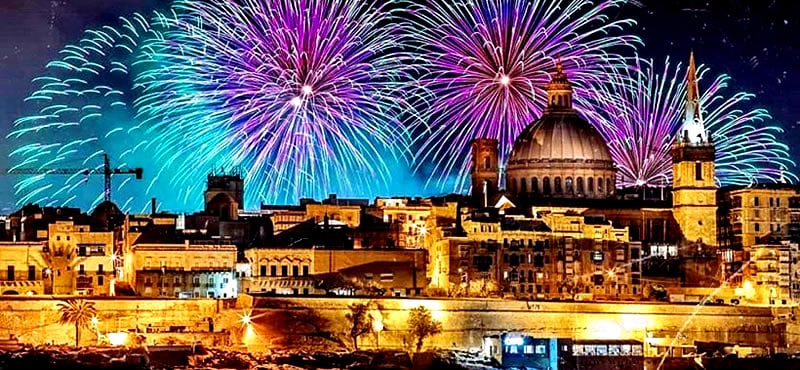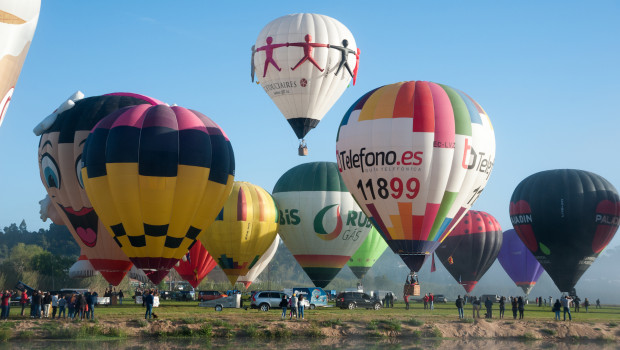How Long Does It Takes to See Terracotta Warriors

The visiting of Terracotta Warriors, if excluding the time spent on the way, would lasts around two hours. The usual sequence of Terracotta Warriors Day tour is the Pit One, the Pit Two, and the Pit Three and ends at the Bronze Chariot Hall.
Pit one is the first discovered and the biggest pit among the three. Visiting of this pit would spend minimum30 minutes and maximum 1 hour.
Preview of Pit One
Pit one takes an oblong shape. It is 230 meters long, 62 meters wide and 5 meters deep. It is an earth-and-wood structure in the shape of a tunnel. Inside the pit are ten earth-rammed partition walls, across which huge and strong rafters were placed. The rafters used to be covered with mats and fine earth. The floor is paved with Qin bricks. The terracotta warriors and horses in Pit One are arrayed in battle formation. In the long corridor to the east end of the pit stand three rows of terracotta warriors facing east in battle robes, 70 terracotta figures in each line, totaling 210 altogether. Armed with bows and arrows, they constitute the vanguard. There is one row of warriors in south, north and west of the corridor respectively facing outward. They are probably the flanks and the rear guard. Though the wooden poles of weapons have decayed already, judging from postures of terracotta warriors, they used to hold crossbows and other long distance shooting weapons and take up the job of defending the whole army. The ten rammed partition walls were divided Pit One into 11 corridors where stand 38 columns of warriors facing east with horse-drown chariots in the center. The warriors dressed in armor and armed with long-shaft weapons, are probably the main body of the formation and present the principle force.
Steeping out of Pit One, visitors will come into Pit Two. Pit Two is smaller than Pit One but bigger than Pit Three. Pit Two is half the size of Pit One. Tourists usually spend no more than 30 minutes here.
Preview of Pit Two
Pit Two is located to the north of the eastern end of Pit One. This pit is L-shaped and consists of four different mixed military forces in four arrays. The first array, the eastern protruding part of the pit, is composed of 334 archers; to the south of the pit is the second array which is composed of 64 chariots, each of which carries three warriors. The third array, the middle of the pit, is composed of 19 chariots and 100 infantrymen. The fourth array to the north of the pit is composed of six chariots, 124 saddled horses and cavalrymen. Three of the four arrays in this pit have chariots, which show the chariots took up most of the battle formation. The wooden chariots have already decayed, but the shafts and wheels left clear traces in the clay. The bronze parts of the chariots remain intact.
Pit Three is the smallest one among three. It covers an area of only 520 square meters. So visitors will spend even less time in this hall, basically less than half an hour.
Preview of Pit Three
Pit Three is located to the north of Pit One and west to the Pit two. The plan of this Pit is of concave shape. One chariot, four terracotta horses and 68 armored warriors were discovered here. Pit Three includes one west-wing room, one east wing-room and one chariot-and-horse room. That shows this is a place for battle divination. Judging by the layout of Pit Three, this is head quarter of the mighty underground army of Pit One and Pit Two.
The Bronze Chariot Hall is the last exhibition hall visitors can visit. If visitors just come here to see and take some photos it will take just around ten minutes. If visitors want to listen to the detailed explanation of the Chariots, it will take some half an hour.
Preview of Bronze Chariot Hall
Two sets of unearthed bronze chariots and horses were housed in this exhibition hall. Upon their excavation, they were seriously damaged. After being repaired, they were opened to public. The bronze chariots were drawn by four horses, with a single shaft, were placed one before the other. The front chariot was named “High Chariot.” It is equipped with crossbows, arrowheads and shields. It was employed to protect the chariot follows it. The back chariot was named “Security Chariot” and also “Air-conditioned Chariot”. It has a front room and a back room, between which is a partition board. The front room is supposed to be for the charioteer and the rear one for the master. The master of this chariot is very much possible the Emperor Qin Shi Huang.





